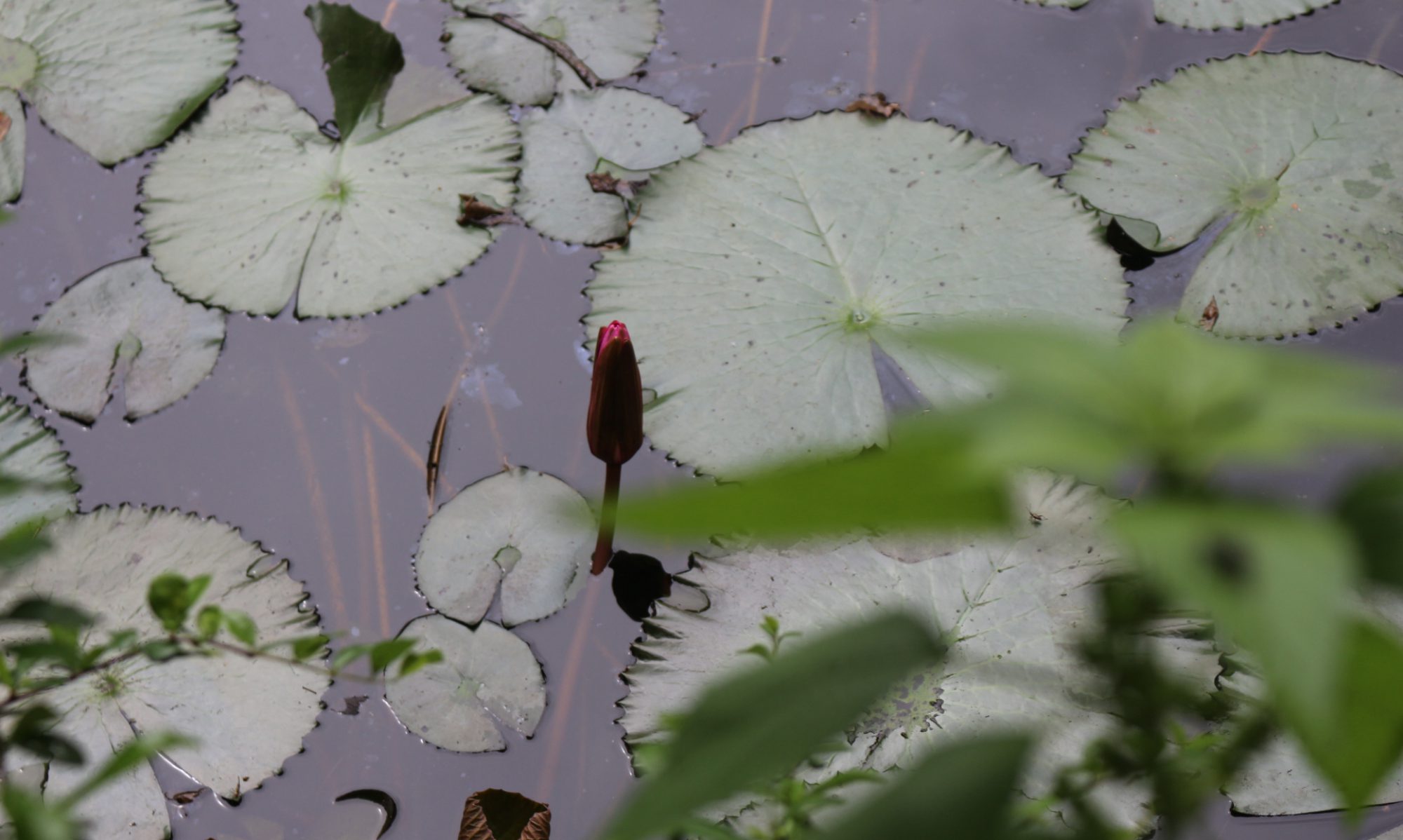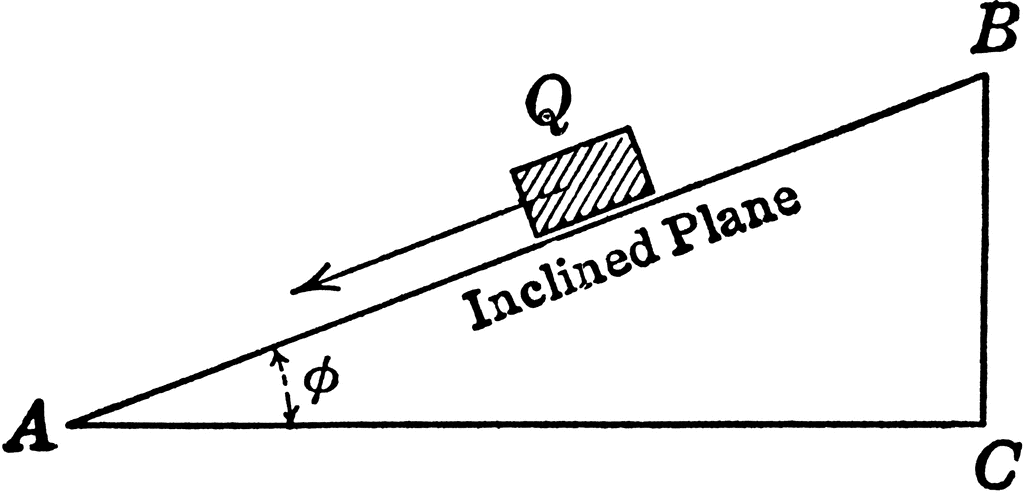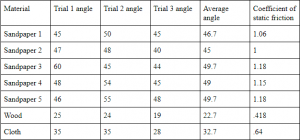Cecilia Payne-Gaposchkin, original name in full Cecilia Helena Payne, (born May 10, 1900, Wendover, Eng.—died Dec. 7, 1979, Cambridge, Mass., U.S.) was a British-American astronomer and astrophysicist who found the explanation for the composition of stars in terms of the relative abundance of hydrogen and helium.
She began her scientific career with a scholarship to Cambridge University, where she took the course in physics and was inspired by a lecture on how solar eclipse relate to Einstein’s Theory of General Relativity, which gave her the passion for learning and science on physics and astronomy.
Unfortunately, Cambridge did not have a lot of opportunities for women and did not offer them advanced degree. So, she moved to Massachusetts and pursued a doctoral degree in astronomy and started a fellowship at Harvard College Observatory after meeting Harlow Shapley, and American scientist and the head of the Harvard College Observatory.
She began her astronomy work by calculating the abundance of chemical elements from stellar spectra and her 1925 thesis, entitled Stellar Atmospheres, was famously described by astronomer Otto Struve as “the most brilliant PhD thesis ever written in astronomy.”
When Cecilia Payne began her study of stellar spectra, scientists believed that the relative abundance of elements in the atmospheres of the Sun and the stars was similar to that in Earth’s crust, briefly mean that the star were built like the Earth; but Cecilia proved them wrong.
Cecilia had a better knowledge of atomic spectra than most astronomers at the time. She knew that the extremely hot sun would cause atoms to ionize. She used the equation of an equilibrium of physicist Meghnad Saha on the ionization of atoms to prove that different ionization states would show up as different absorption lines -light frequency- on the stellar spectra, figuring out how many electrons the atoms had and the elements to which these ions could belong.
She then discovered that the sun is made mostly of the hydrogen and helium and she found similar results to other stars. Cecilia came into conclusion that, unlike on Earth, hydrogen and helium are the dominant elements of the Sun and stars; confirmed to the fraction elements in Milky Way Galaxy that 74% is hydrogen, 24% is helium and the 2% left are all the remaining elements – which proven that Cecilia’s result was right.
Henry Norris Russell, an American astronomer strongly opposed to this conclusion and told her it was “impossible”, but many other astronomers and the scientific community has read her paper that was turned into a book, Stellar Atmosphere, and realized that she was totally truely correct.
Cecilia Payne made a long journey to prominence in a scientific community that resent to women. Besides, Cecilia accomplishments, being a women meant she was only recognized as a technical assistant who worked at Harvard with her husband, Sergel Gaposchkin. She faced many challenges and arguments within other female scientist who opposed her thesis.
Eventually, in 1956, Cecilia Payne-Gaposchkin, a pioneering astrophysicist and probably the most eminent woman astronomer of all time, became the first female professor in astronomy and her works has made a lot of people understand and discover something new about the universe for decades since she died in Cambridge, Massachusetts, on December 7, 1979.


